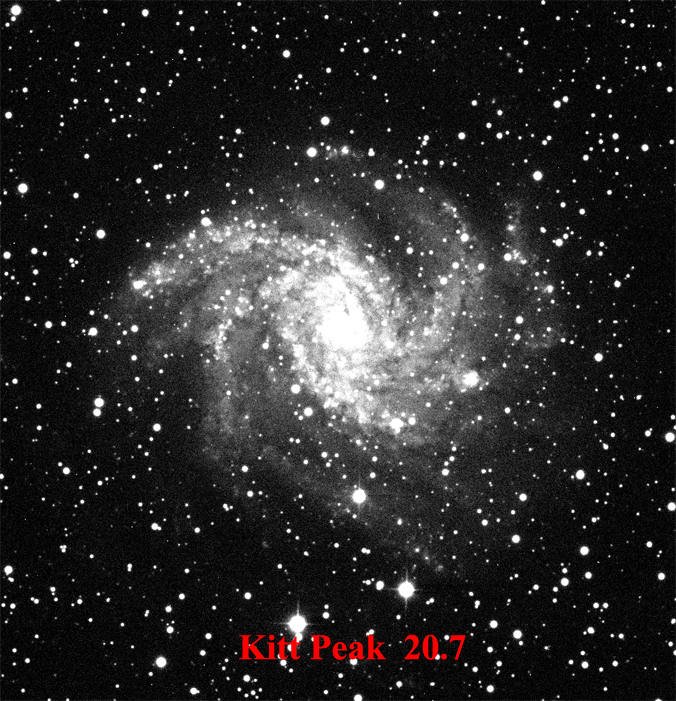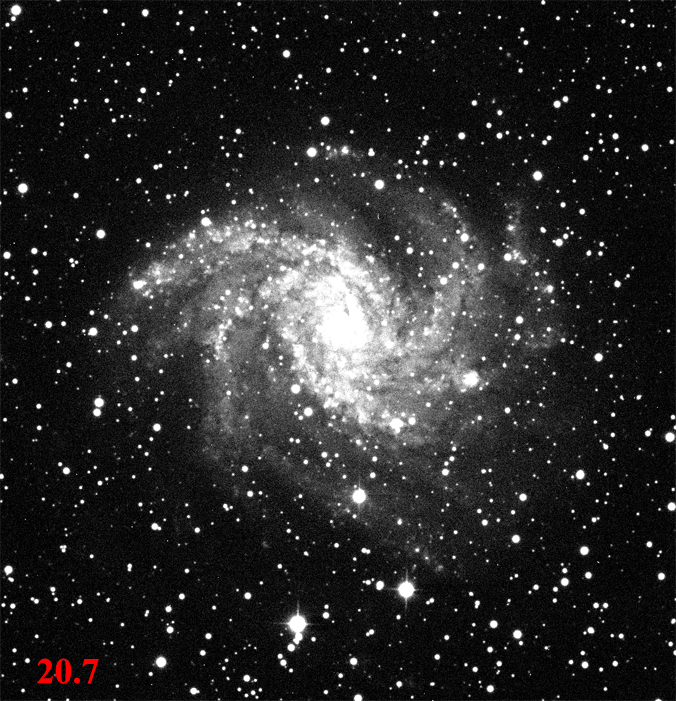
Light Pollution
Light Pollution (also known as Sky Glow) is the term used to describe the light wasted from being projected, or reflected, upwards, and then scattered back to the surface of the Earth because of the atmosphere. There is also natural light pollution, defined as the radiation or luminance that results from the scatter of natural light by natural particles. This light creates a background luminance over the sky, making it harder for astronomers to make accurate observations. According to "The First World Atlas of the Artificial Night Sky Brightness", published in 2001, about two-thirds of the world population is subject to light pollution. It is also predicted that sky glow will increase by 3% every year (meaning it will double in 23 years). The animation on this page shows just how drastically light pollution can affect our visibility of stars. You'll notice that on the bottom of every picture is the site name, and a number next to it. This number is the sky brightness using the units magnitudes per square arcsecond (mag/arcsec2). 22 mag/arcsec2 is a completely clear sky with no light pollution, and as the number gets lower, so does visibility of stars.

Click here for more information on the different sites used.
This is a picture of NGC 6946, a spiral galaxy that is about 10 million light years away. This picture was taken by Professor Andrew Layden on August 28, 2002 at Kit Peak Observatory. It was taken with the WIYN 0.9m telescope and S2KB CCD, and was a 200 second exposure though a V filter. The picture was taken when the galaxy was 2.5 hours west of the meridian and when the moon was a waning gibbous (72% illuminated). On that night there was cirrus clouds present in the East, but clear in the west where NGC 6946 is. We never actually measured the sky brightness directly from the original image, but we estimated it from sky brightness estimates for Kitt Peak at this lunar phase.

This movie is showing 0.5 mag/arcsec2 increments.
Book reference: Narisada, Kohei and Schreuder, Duco (2004). "Light Pollution Handbook" (Springer: Dordrecht)